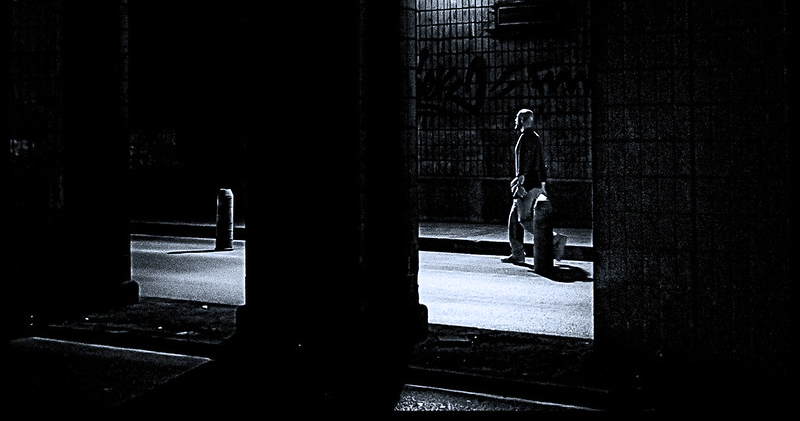Fear of the dark
and virtual reality

This Psious Virtual Reality environment (VR) will assist you in the intervention and evaluation of children and adults who are showing signs of fear of darkness and/or storms. With the help of the events and the environment settings provided in the platform each environment can be adapted to the therapeutic procedure requirements.
For example, it will allow you to carry out a behavioral avoidance test (Orgilés, Méndez & Espada, 2005) or psychological intervention with the procedures that have shown the most empirical evidence, in this case multi-component programs (systematic desensitization, exposure, modeling, token economy, parenting training…). Amongst them, one worthy of mention is that of Mikulas andCoffman (1989) and the “emotive performances technique” ( EPT) by Méndez (1986) that suggested using EPT as an alternative to emotive imagery by Lazarus and Abramovitz (1979). Furthermore, an environment can be used to carry out gradual exposure, psychoeducation, cognitive reconstruction, relaxation…
Lastly, let’s focus on the advantages that VR brings to this type of intervention and denote, as bibliography shows, that VR has already demonstrated to be very effective as a treatment in phobias (Capafons, J.I, 2001). With respect to darkness phobia in children, as already indicated, multicomponent programs have shown greater effectiveness than other intervention techniques. For example, in the emotive performances technique counterconditioning components are clearly combined (a child being introduced to a game should be sufficiently attractive to offset the effects of the feared stimulus) with other operant conditioning techniques, not only the strengthening of approach behaviors to the phobic stimulus, but also the elimination of possible conduct behaviors that parents or adults involved in the treatment could apply.The control that the Healthcare professional acquires in addition to the gradual process that patients undergoes, on the one hand, facilitates the transition from the simulated environment to the real environment, delivering greater levels of accuracy, and on the other hand, due to the fact that this type of coaching encourages acceptance of the intervention. Thereby, favoring the coaching of parents through observation during the visit and lastly, allowing us to easily “gamify” the therapeutic process.
When it comes to storm phobias, VR provides the solution to solving one of the major drawbacks to in vivo exposure: unpredictability and the lack of frequency. Exposures in Psious can be exposed to patients systemically and the levels of anxiety can be adjusted accordingly to the degree of: night or day, amount of light, intensity of rain or storms.
Ultimately, it combines your knowledge with the tools that you are provided with by Psious, thus enhancing user experiences and achieving better results.